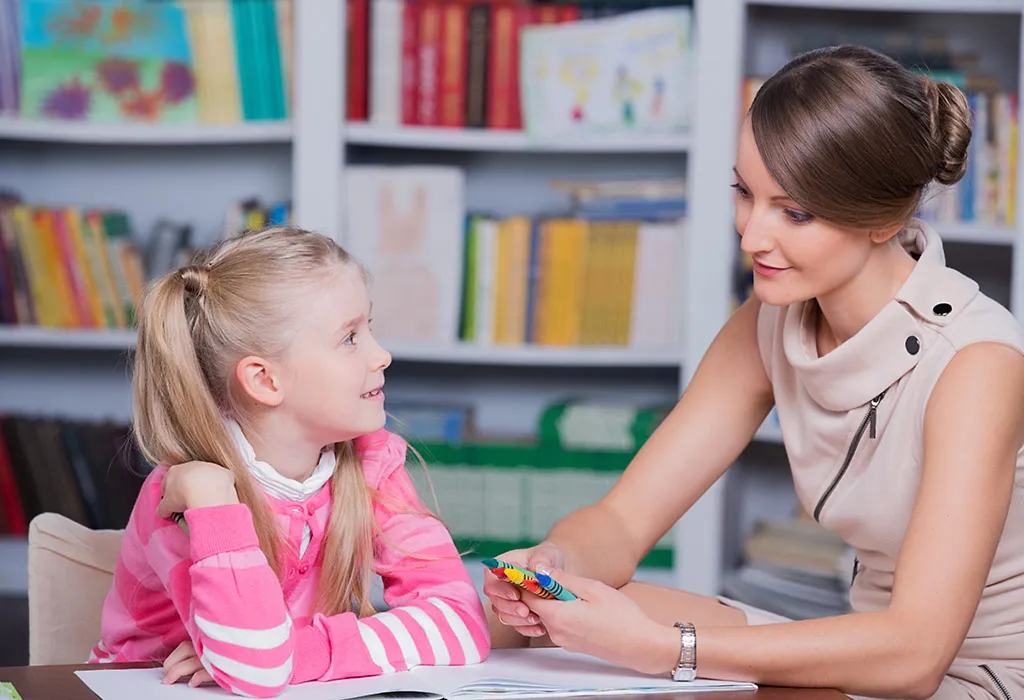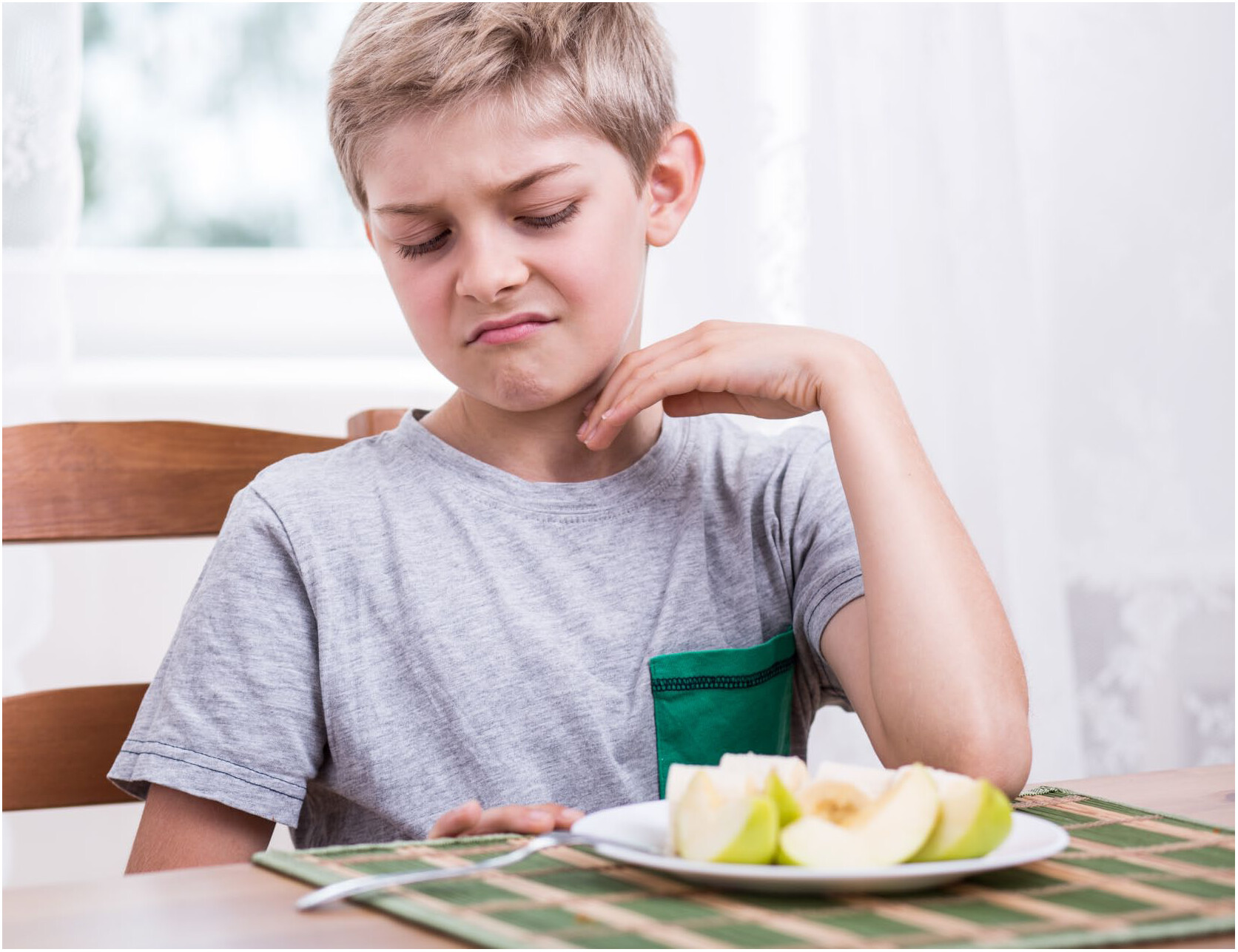Toddler Milestones
Toddler Proofing for Milestone Safety
Advertisement
Becoming a parent is an extraordinary journey, full of joy, love, and new challenges. As your baby grows into a toddler, you’ll witness incredible milestones like their first steps, first words, and their growing curiosity. With these milestones approaching, vigilance in child safety is necessary to keep your child safe as they explore the world around them.
In this article, we explore the importance of childproofing your home and provide practical tips and insights to ensure your child stays safe while reaching important developmental milestones.
Learn More About Toddler Milestones
Young children typically go through several important milestones as they grow and develop. These milestones often include:
- Walking: Most children take their first steps between the ages of 12 and 15 months.
- Speech: Around 18 months of age, toddlers begin to say their first words and their vocabulary expands rapidly.
- Exploration: Young children are naturally curious and will explore everything within their reach. This is an important part of their cognitive development.
The Need for Proofreading for Young Children
When your child reaches these milestones, it is important to create a safe environment in which he or she can explore without constant worry. Childproofing is the process of making your home as safe as possible for your children.
Here are some important aspects to consider when protecting young children:
1. Basics of Child Protection
- Safe furniture: Make sure heavy furniture is secured to the wall so that it cannot fall over.
- Electrical outlet cover: Cover the electrical outlet to protect little fingers from electric shock.
- Safety gates: Install safety gates at the top and bottom of the stairs to prevent falls.
2. Kitchen Safety
- Lock cabinets: Use cabinet locks to keep cleaning products and sharp objects out of reach.
- Stove Protector: Consider using a stove protector to prevent burns and burns.
3. Bathroom Safety
- Toilet locks: Install toilet locks to prevent drowning hazards.
- Medicine Cabinet: Secure medicine cabinets to keep medications out of reach.
4. Safety in the Bedroom
- Crib Safety: Make sure your child’s crib meets safety standards and is free from choking hazards.
- Window protectors: Install window protectors to protect against falls.
Interactive Learning Environment
Child protection is not just about safety; It is also about creating an interactive learning environment. As your child reaches milestones such as talking and exploring, give him age-appropriate toys, books, and interactive activities. This not only keeps them engaged but also stimulates their cognitive development.
Parental Supervision
No amount of child protection measures can replace vigilant parental supervision. While it is important to create a safe environment, always keep an eye on your children while they explore. Communicate with them, answer their questions, and celebrate their milestones with love and encouragement.
Build Trust
As you begin your childproofing journey, remember that it’s not just about safety; This is also about building your child’s self-confidence. Offer your child a safe environment in which he or she can discover, learn, and develop independently. Here are some additional tips to boost your child’s self-confidence:
- Encourage exploration: Encourage your child to explore while maintaining a safe environment. Let them touch, feel, and explore their environment. This hands-on experience feeds their natural curiosity and helps them feel confident in their abilities.
- Praise and positive Reinforcement: When your child reaches a milestone, whether it’s taking his first steps or saying his first words, give him lots of praise and positive reinforcement. This not only increases their self-esteem, it also encourages them to keep trying new things.
- Provide age-appropriate Challenges: As your child grows, introduce age-appropriate challenges. These challenges can be as simple as puzzles, blocks, or interactive toys that encourage problem-solving and creativity. Gradually increasing the complexity of these challenges can help your child develop resilience and problem-solving skills.
- Social connections: Encourage your child to interact with other children and adults. Social activities can help them build confidence in social situations and improve their communication skills. Consider playing with your children, participating in group activities, or enrolling them in a playgroup to promote social development.
- Be patient: Remember that every child grows at his or her own pace. Some toddlers reach milestones earlier or later than others. It is crucial to be patient and not compare your child’s progress to that of others. Focus on their personal growth and provide the support and encouragement they need.
Conclusion
Toddler safety is more than just childproofing your home; It’s about creating a nurturing and safe environment in which your child can explore, learn, and grow. By following the safety guidelines and tips in this article, you can ensure your child’s health throughout their developmental milestones. Furthermore, focusing on building self-confidence will help them cope with the challenges and adventures they encounter on their journey of growth and discovery.
Being a parent is an incredible experience and there is immense joy in watching your child achieve milestones. Through care, support, and safety awareness, you can create an environment where your child can reach their full potential and build the confidence they need to face the world with enthusiasm and confidence.
FAQs
1. What is child protection and why is it important?
Toddler proofing is the process of ensuring that your home is safe for young children as they reach important developmental milestones. This is important because it helps prevent accidents and injuries while allowing your child to explore and learn with confidence.
2. When should I start childproofing my home?
It’s best to start toddler-proofing before your child takes his first steps because he can crawl and explore before he can even walk. Start this process when your child is about 6-7 months old.
3. What are the necessary items for child protection?
Some important items for toddler protection include safety doors, electrical outlet covers, cabinet locks, furniture anchors, stove protectors, toilet locks, and window protectors. These items can help prevent common accidents.
4. How do you choose toys that are age-appropriate for young children?
Look for toys labeled with the appropriate age range, taking into account your child’s interests and stage of development. Age-appropriate toys should be safe, contain no small parts that could pose a choking hazard, and encourage learning and creativity.
5. What’s the best way to praise and highlight your child’s milestones?
When your child reaches milestones, give specific and sincere praise. For example, say, “Well done for taking that first step!” or “I like how you learned the new words.” Positive reinforcement can include small rewards or extra play time to celebrate their achievements.
Trending Topics

Capital One Quicksilver Review: You can earn a $200 bonus cashback
Be part of the Capital One Quicksilver rewards universe and enjoy unlimited cashback, attractive sign-up bonuses, and easy reward redemption.
Keep Reading



